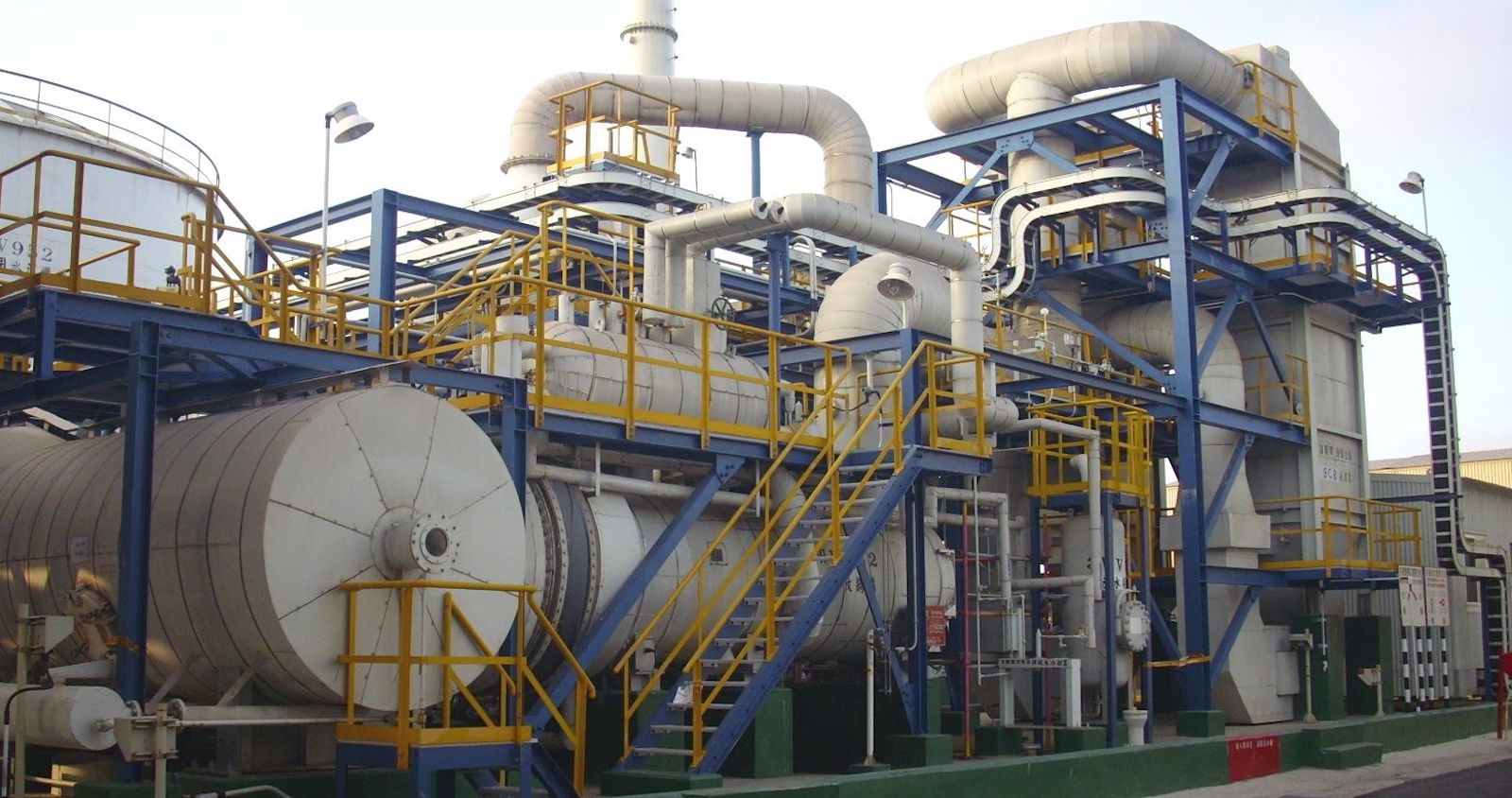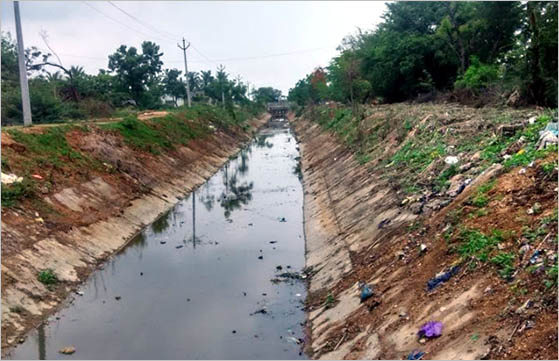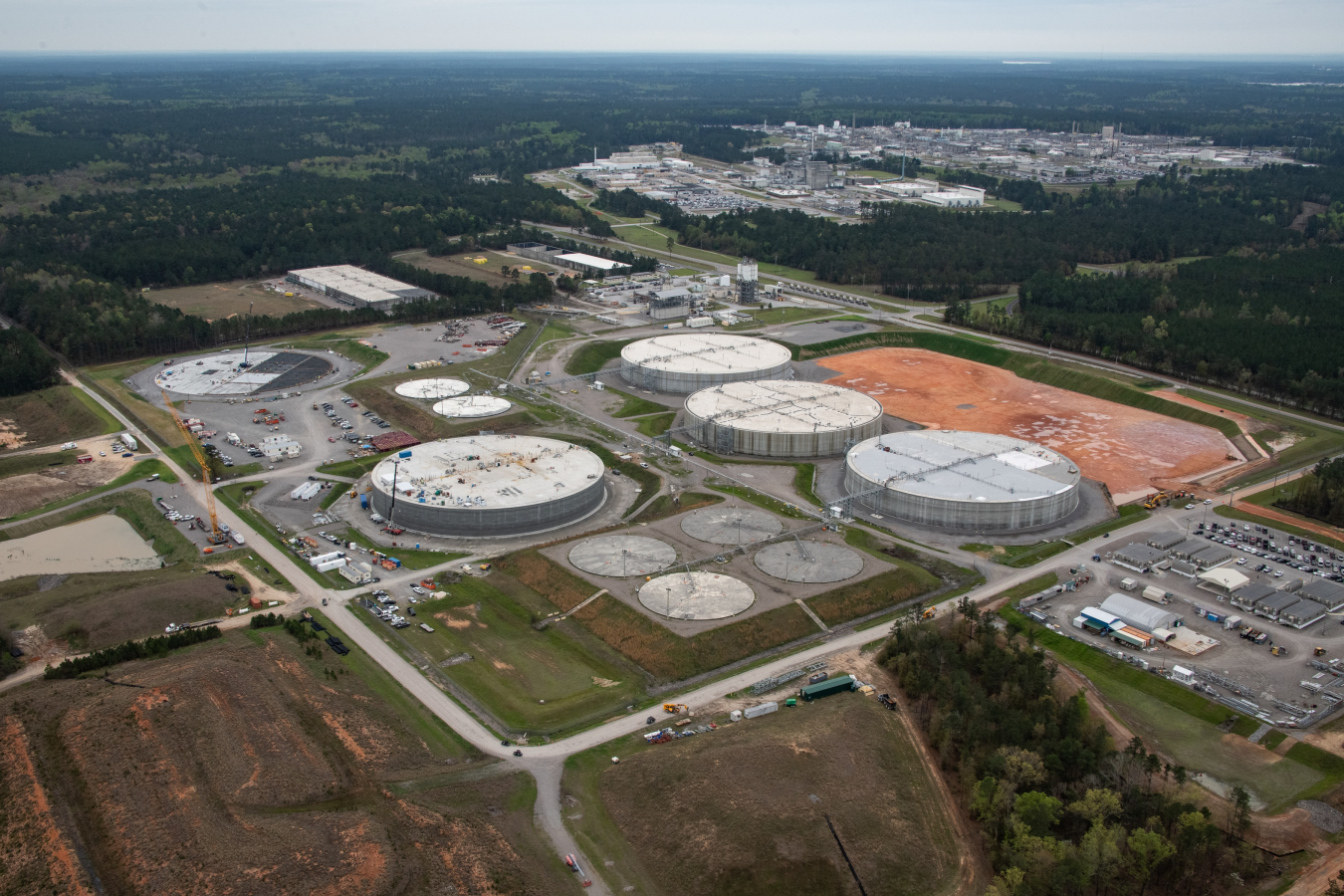Trustworthy Liquid Waste Disposal Melbourne: Safe and Effective Services
Trustworthy Liquid Waste Disposal Melbourne: Safe and Effective Services
Blog Article
Exactly How Liquid Waste Disposal Works: A Thorough Review of Methods and Technologies Utilized

Introduction of Liquid Waste Types
The complexity of liquid waste types demands a thorough understanding of their qualities and ramifications for disposal. Liquid waste can broadly be categorized into numerous kinds, consisting of industrial, community, agricultural, and contaminated materials. Each category exhibits distinctive homes, requiring particular monitoring methods to minimize environmental and health threats.
Industrial liquid waste originates from manufacturing processes and commonly includes a variety of impurities, such as heavy metals, solvents, and natural substances. Local liquid waste, primarily consisting of wastewater from families and industrial facilities, has natural matter, nutrients, and virus (industrial wastewater treatment). Agricultural liquid waste, including runoff from ranches, may contain plant foods, pesticides, and pet waste, posing dangers to water quality and communities
Hazardous liquid waste is defined by its toxicity, reactivity, or prospective to cause injury. This classification includes compounds like acids, bases, and certain chemicals that demand strict handling and disposal procedures. Understanding these varied liquid waste types is essential for creating efficient disposal techniques and ensuring compliance with ecological regulations. Appropriate classification and characterization are essential for carrying out appropriate treatment strategies and reducing the unfavorable influences on public health and the atmosphere.
Physical Therapy Approaches

Screening is the preliminary action, where bigger fragments and particles are gotten rid of from the fluid waste utilizing displays or grates. This procedure protects downstream tools from damages and makes sure smoother operation. Adhering to testing, sedimentation makes use of gravitational force to separate solids from fluids. In sedimentation containers, heavier particles settle near the bottom, creating a sludge layer, while the cleared up liquid can be more treated.
Purification is an additional crucial technique that involves passing the fluid through porous products, such as sand or membranes, to capture smaller sized particles. This action improves the high quality of the fluid, making it appropriate for subsequent therapy processes.

Chemical Therapy Methods
Chemical treatment techniques are important for properly handling fluid waste, especially in addressing liquified and colloidal contaminants that physical approaches may not appropriately eliminate. These strategies utilize various chemical representatives to neutralize, precipitate, or change hazardous compounds right into much less damaging kinds.
One usual approach is coagulation and flocculation, where chemicals such as alum or ferric chloride are contributed to promote the gathering of put on hold fragments. This process improves sedimentation, permitting less complicated removal of the resulting sludge. Furthermore, oxidation procedures, using representatives like chlorine or ozone, are employed to break down complicated natural compounds and microorganisms, providing the waste more secure for discharge or further therapy.
Neutralization is an additional critical method, which changes the pH of acidic or alkaline waste streams to neutral degrees, preventing prospective damage to downstream systems and the atmosphere. In addition, advanced oxidation processes (AOPs) use mixes of oxidants and ultraviolet light to degrade consistent contaminants, accomplishing a greater degree of treatment effectiveness.
Organic Therapy Processes
Biological therapy processes play a critical role in the management of liquid waste by utilizing microorganisms to decompose raw material and decrease contaminant levels. These procedures can be generally classified right into anaerobic and cardiovascular therapies, each utilizing particular microbial neighborhoods to accomplish efficient waste degradation.
Aerobic treatment entails making use of oxygen to promote the malfunction of natural materials by bacteria. This process is commonly carried out in triggered sludge systems, where oygenation containers supply a conducive environment for microbial growth, bring about the oxidation of natural pollutants. additional hints The resultant biomass can be divided from treated effluent with sedimentation.
In contrast, anaerobic treatment takes place in the absence of oxygen, counting on various microorganisms to break down natural issue. This technique is particularly useful for high-strength waste, as it produces biogas, a renewable resource source, while decreasing sludge manufacturing. Technologies such as anaerobic digesters are often used in industrial and community applications.
Both anaerobic and aerobic organic therapies not just reduce the ecological impact of fluid waste however also assist in resource healing, making them necessary parts of lasting waste management methods. Their adaptability, effectiveness, and effectiveness support their extensive implementation across different sectors.
Emerging Technologies in Disposal
Cutting-edge approaches to fluid waste disposal are quickly advancing, driven by improvements in modern technology and a boosting focus on sustainability. Among these emerging modern technologies, membrane layer bioreactors (MBRs) have acquired grip for their capability to incorporate biological treatment with membrane filtering, leading published here to high-quality effluent that can be reused in different applications. MBRs allow smaller sized impacts and extra efficient operations contrasted to conventional systems.
One more promising development is the usage of anaerobic food digestion integrated with nutrient healing innovations, which not just treats liquid waste however likewise produces biogas and recoups beneficial nutrients like nitrogen and phosphorus. This dual advantage boosts source performance and decreases environmental impact.
Additionally, advanced oxidation procedures (AOPs) are being taken on for the destruction of complicated organic toxins. These techniques use powerful oxidants and catalysts to damage down impurities at the molecular level, providing a highly effective solution for difficult waste streams.
In addition, the assimilation of synthetic intelligence and equipment knowing in waste management systems is optimizing operational performance and anticipating maintenance, bring about reduced prices and enhanced environmental conformity. These modern technologies show a considerable shift towards even more efficient and sustainable liquid garbage disposal methods.
Conclusion
Finally, efficient liquid garbage disposal demands a detailed understanding of various strategies and innovations. The assimilation of physical, chemical, and biological therapy approaches guarantees the reliable administration of varied waste types. Moreover, the appearance of ingenious technologies improves therapy efficacy and advertises sustainability in waste monitoring techniques. By constantly progressing these approaches, it ends up being feasible to deal with the expanding difficulties related to liquid waste, inevitably contributing to environmental management and source recuperation.
Liquid waste disposal is an essential aspect of environmental management, needing a comprehensive understanding of different methods and modern technologies customized to various waste kinds. Fluid waste can generally be categorized right into several kinds, consisting of commercial, municipal, agricultural, and harmful waste. Agricultural fluid waste, consisting of overflow from farms, may include plant foods, pesticides, and pet waste, posturing threats get redirected here to water top quality and ecosystems.
Various physical treatment approaches play an essential function in managing liquid waste effectively - industrial wastewater treatment.In verdict, effective fluid waste disposal demands a detailed understanding of numerous methods and modern technologies
Report this page